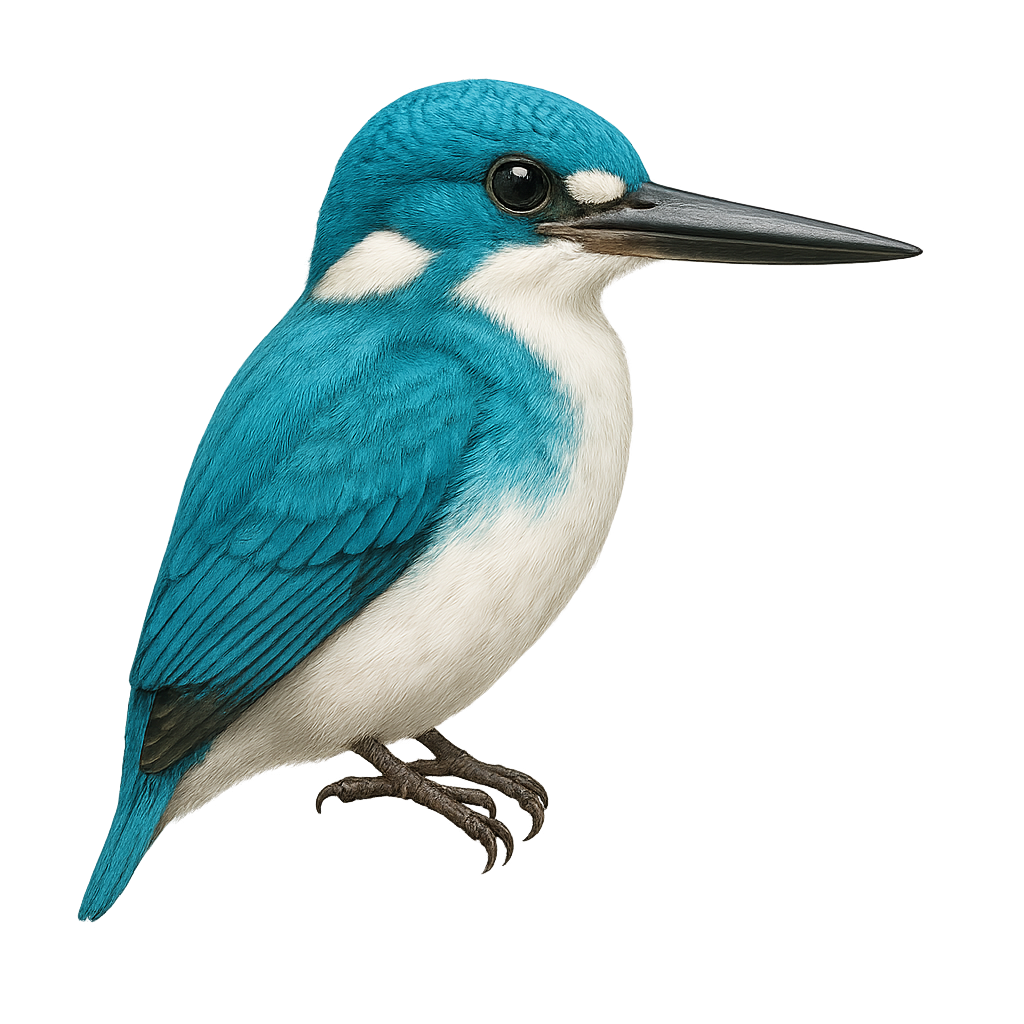Your wildlife photography guide.
Explore the cerulean kingfisher in detail, study its behavior, prepare your shots.
Where to observe and photograph the cerulean kingfisher in the wild
Learn where and when to spot the cerulean kingfisher in the wild, how to identify the species based on distinctive features, and what natural environments it inhabits. The WildlifePhotographer app offers tailored photography tips that reflect the cerulean kingfisher’s behavior, helping you capture better wildlife images. Explore the full species profile for key information including description, habitat, active periods, and approach techniques.
Cerulean Kingfisher
Scientific name: Alcedo coerulescens

IUCN Status: Near Threatened
Family: ALCEDINIDAE
Group: Birds
Sensitivity to human approach: Suspicious
Minimum approach distance: 10 m
Courtship display: February to March
Incubation: 21-23 jours
Hatchings: February to April
Habitat:
Tropical forests, mangroves, rivers
Activity period :
Primarily active during the day, with peak activity in the morning and late afternoon.
Identification and description:
The Cerulean Kingfisher, Alcedo coerulescens, is a small bird, approximately 16 cm in length. It is known for its striking plumage: a vivid blue back, orange belly, and a head adorned with blue and black bands. This kingfisher is primarily found in Indonesia, inhabiting tropical rainforests and mangroves. It feeds mainly on small fish and aquatic insects, which it catches with precise dives. Although discreet, its high-pitched, repetitive call can be heard near water bodies. Due to deforestation, its habitat is threatened, impacting its populations.
Recommended lens:
400mm – adjust based on distance, desired framing (portrait or habitat), and approach conditions.
Photography tips:
To photograph the Cerulean Kingfisher, focus on areas near water, such as rivers or mangroves. Use a telephoto lens of 400mm or more to capture precise details without disturbing the bird. Be patient and discreet, as this bird is suspicious. Early morning hours are ideal for soft lighting and avoiding harsh shadows. A tripod can be useful to stabilize your camera and achieve sharp images.
The WildlifePhotographer App is coming soon!
Be the first to explore the best nature spots, track rutting seasons, log your observations, and observe more wildlife.
Already 1 431 wildlife lovers subscribed worldwide

